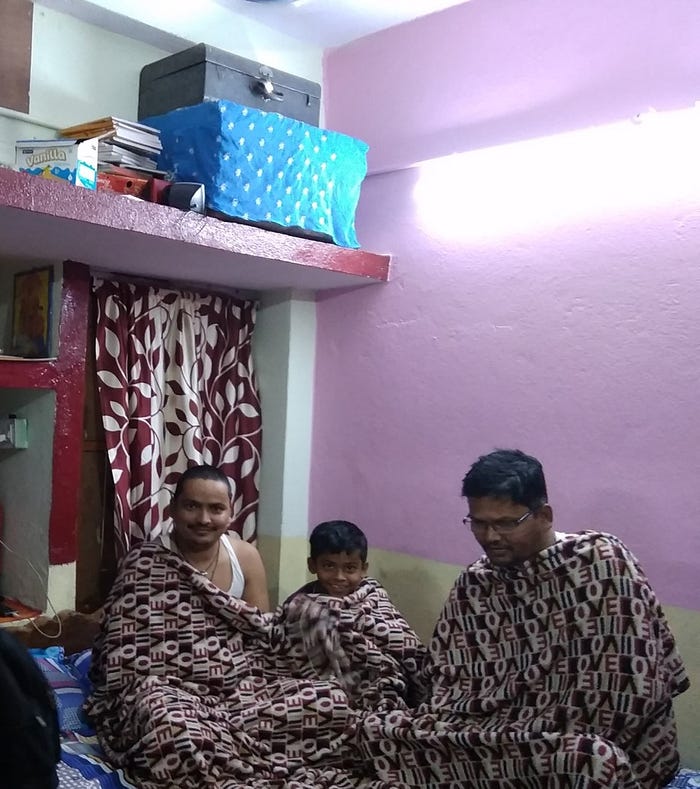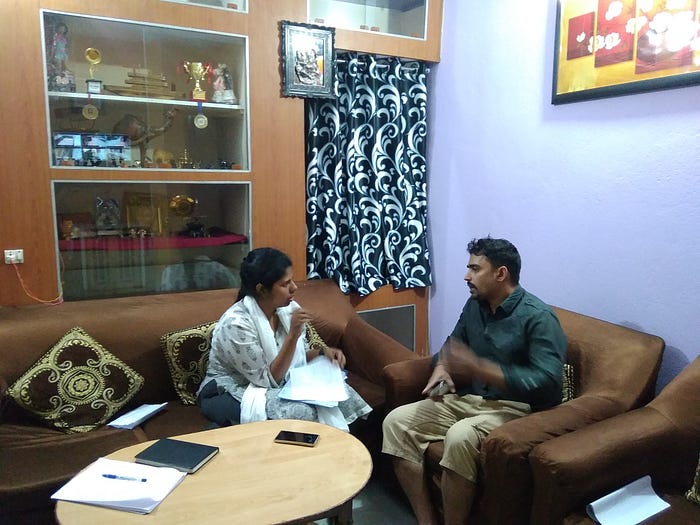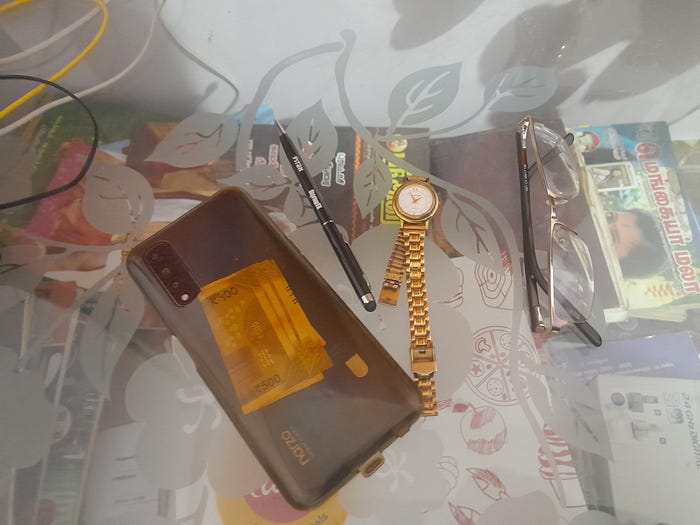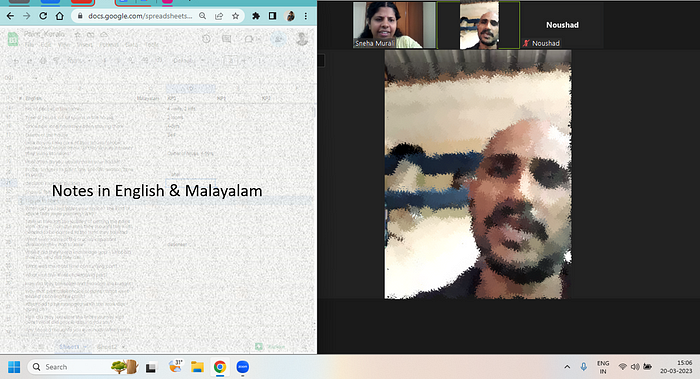

Conducting research in native languages
source link: https://uxplanet.org/conducting-research-in-native-languages-6ec756a1ca1e
Go to the source link to view the article. You can view the picture content, updated content and better typesetting reading experience. If the link is broken, please click the button below to view the snapshot at that time.
Conducting research in native languages
I speak 6 Indian languages fluently and have conducted in-person field research in more than ten states in India. I make people think, smile and even talk about intimate topics in their native language.

Participants during the research study: They talked from their beds and showed me how they cover themself when the AC is turned on
After being deeply immersed in a deep dive into the Indian rivers and people, I got the opportunity to conduct research in Europe. I speak 1/4 of the European languages, 1/8 of French and 1/8 of German. Yes, I could not conduct research in any of the European languages. I could only speak was English and understand body language well.
Anthropology speaks vividly about the use of language and the depth of each language. Linguistics talks about the beauty and depth of languages.
Let us understand the use of language in design and user experience research.
- Expressing emotions — English is used very formally in countries where English is not the native language. A participant will never be able to describe their true frustration in English. They may not intend to do so in their native language, but it will flow naturally.
- Engaging with participants — “Oh, you speak Hindi too? Okay, that will be easier,” one of my participants once said to me. She was very excited about how she uses the blender but not in English. She knows very well how to use it and the problems it causes her, but she was afraid to speak in English. Once that barrier was overcome, she made all the noises it makes and how annoying it makes her feel.
- Meaning of words — participants may know a common language, but when it comes to details, they stumble over the language or use words from their native language and wonder how to explain them. During this process, we as researchers lose track of the user’s time and thought flow.
There is no value in a research study where the message is lost in the medium of communication. - Understanding pronunciation — I speak English and thought my conversational English was good until I met a participant from the UK. His English bounced right past me. I had to concentrate hard to understand his British English and him to understand my Indian English. We ended up having a good conversation, but I need more practice to understand pronunciation and accents.
- A foreign language is intimidating — sometimes it can be offensive. People feel comfortable speaking in a familiar language. They open up better and participate in the conversation.
You have the view, but you speak only English? or you do not speak the native language? Now how do you conduct the study?

Conducting in-person interview
Interviews by Moderator — Find a native-speaking researcher to conduct the interviews. (Like me :P)
Language Translator — Get someone who can translate live between you and the participant. It’s complicated, but the participants are very accommodating. It might take longer, but it will be worth it in the end.
Yes, most researchers do this. What else can you do?
Be present during the interview — Be physically and mentally with your participant and listen to them speak an unfamiliar language. Observe how they use your service or product. This way you can understand their problem better than reading it after the interview.
Be Observant — of their body language, facial expressions, and emotions. This may vary from culture to culture, but you will get a picture of how things work and feel for a user. In this way, you can gain deep insights into your project
Artefact Study — In “usability testing” and “concept testing” we focus so much on screens that we forget about many ethnographic methods, one of these key methods is artefact study. We can learn a lot about what kind of product people use and how they use it.
For example, Online payments via unified payment methods like Apple Pay or Google Pay are quite prevalent. Yet, many women in India have a 100–500 rupee bill in the case of their phone to pay in case of emergency.

Emergency money behind the phone
This behaviour is not seen on the screen, but right on the back of the screen.
Read the transcription — You may have access to a researcher who will take notes and even do the analysis for you. Take a day and read all the transcripts. Reading word for word will help you understand more. You’ll be curious about what happened when the participant lost their car keys while driving, and that might give you creative insights.

Sneha conducting research in Malayalam
Language is a medium for the message. Let us use it to our best to be able to research, design and produce user-centred products and services.
Recommend
About Joyk
Aggregate valuable and interesting links.
Joyk means Joy of geeK